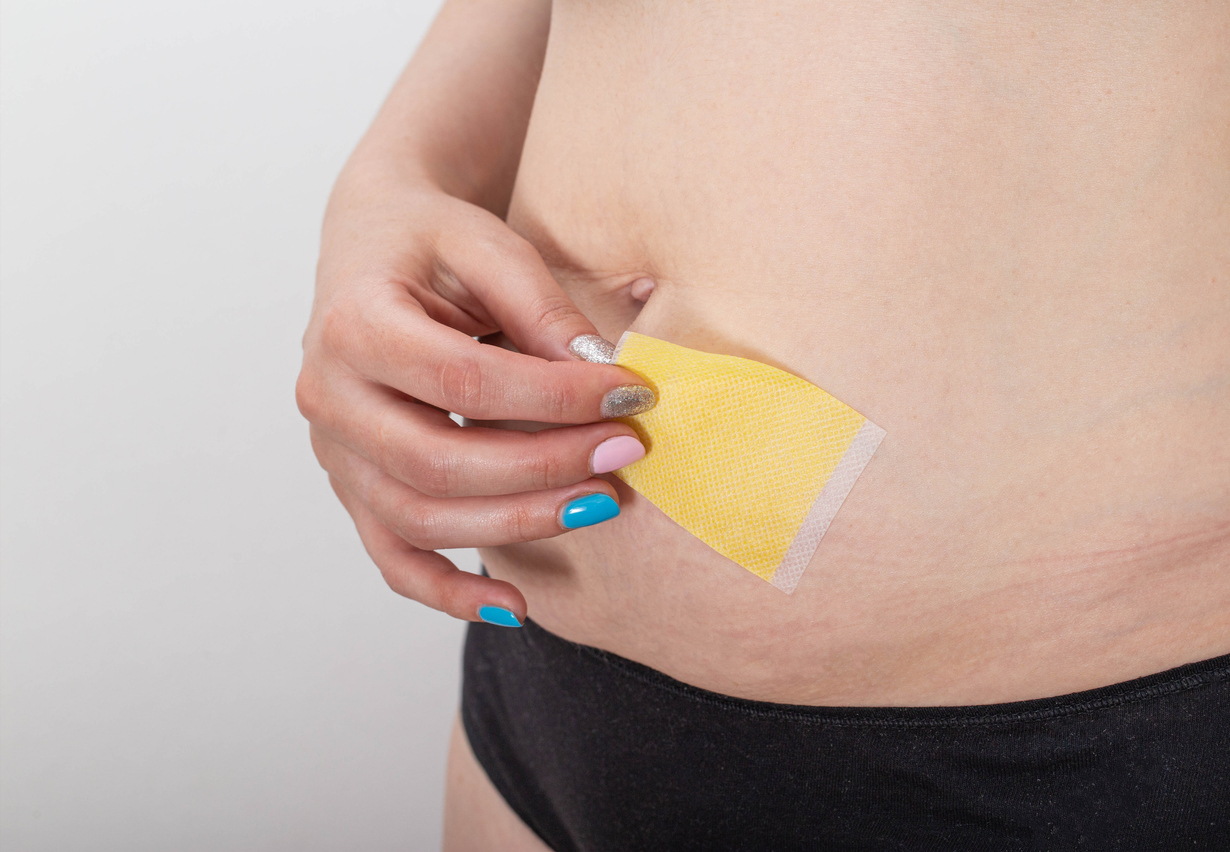Those of us that have been in the trenches since the passage of Hatch-Waxman have seen the issue of adhesion and sensitization studies for transdermal delivery systems (TDS) change dramatically. Well, there are now two new guidance documents that take us to the next step in recommended adhesion and irritation/sensitizations (I/S) testing revisions.
First is the revised draft guidance, Assessing Adhesion with Transdermal and Topical Delivery Systems for ANDAs (here) which is a revision of the October 2018 draft guidance of the same name. FDA says “[T]his revision clarifies the appropriate methods for measuring the estimated percentage of the entire TDS surface area adhered to the skin and the statistical analysis of that data.” The Agency also indicates that firms may also develop other validated scales, which sound like the FDA is looking for the holy grail of methods and might not think that what they even propose now may ultimately be the best. The FDA says the guidance:
- Clarifies the appropriate methods for measuring the estimated percentage of the entire TDS surface area adhered to the skin and the statistical analysis of that data.
- Encourages applicants to explore the use of alternative scales (other than the five-point adhesion scale described in Section II.A.) to estimate adhesion of the TDS to the skin and to discuss these alternative scales with FDA in a pre-ANDA meeting.
- Clarifies that use of photographic evidence is not intended for automated or photometric analysis at this time but can be used to support the visual observation of percent adhesion reported at each time point.
The second draft guidance, Assessing the Irritation and Sensitization Potential of Transdermal and Topical Delivery Systems for ANDAs (here) is also a revision of the previous draft October 2018 guidance of the same name. It provides new information regarding these studies and it:
- Clarifies recommendations for the design and conduct of studies to evaluate the in vivo skin I/S potential of a proposed TDS.
- Clarifies when an in vivo study to assess the sensitization potential of a TDS product may not be needed (i.e., when the API is known to be a skin sensitizer and adequate justification can be provides to demonstrate that such testing may not be necessary or ethical if based on existing knowledge that test product would not likely be more likely to product sensitization that the reference product.
- Provides guidance to applicants intending to utilize alternative scoring scales or alternative approaches to compare I/S between the test and reference TDS.
These guidance documents together provide the new baseline for adhesion and I/S testing and the current FDA expectations. There are a lot of variables to be considered all of which are fully described in the two documents.



